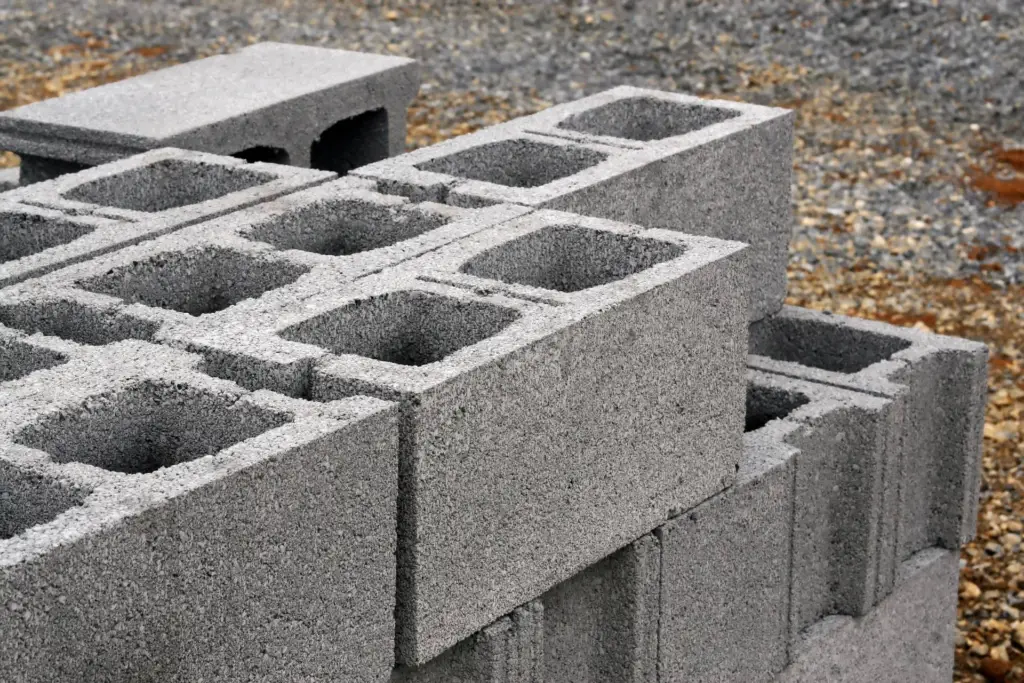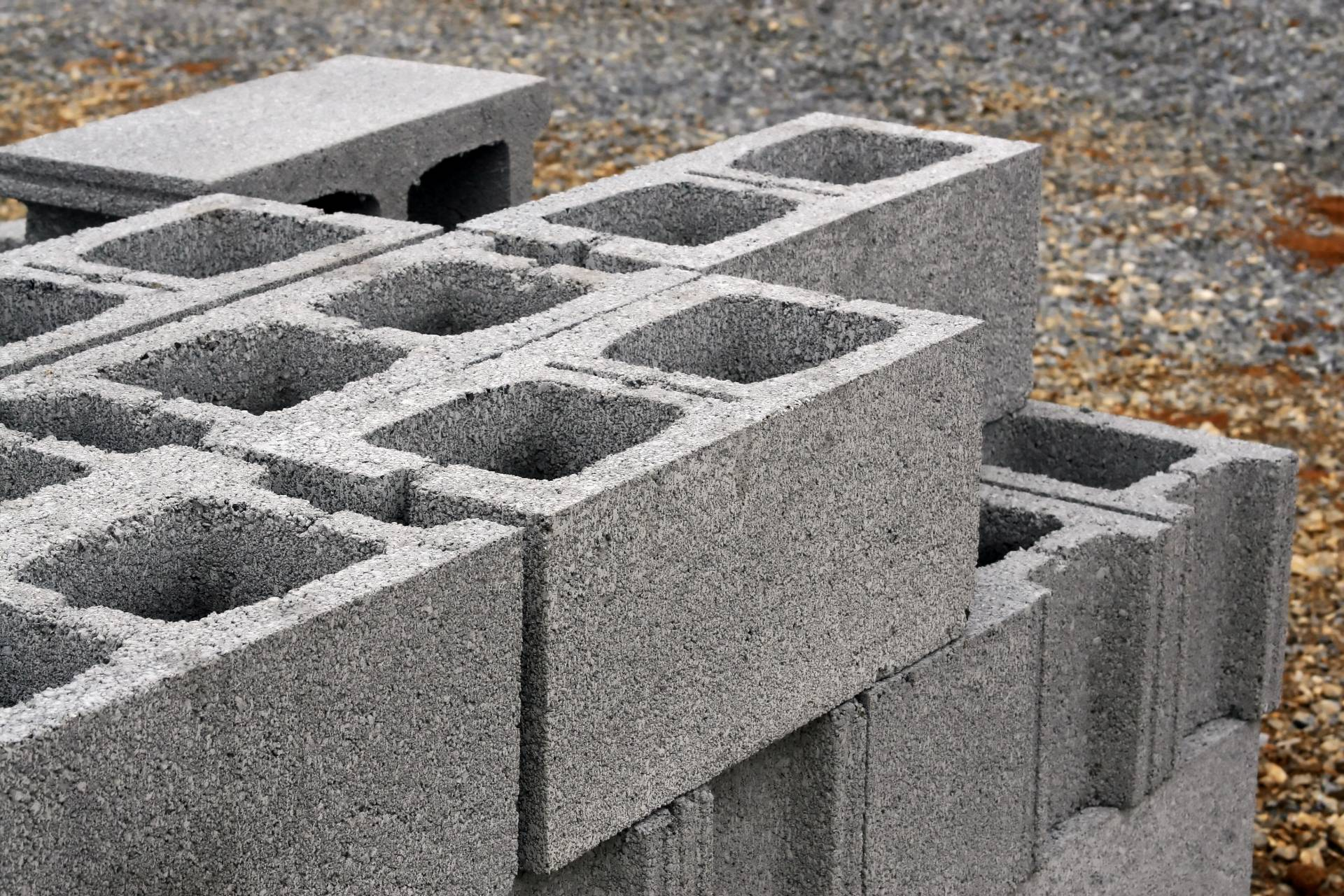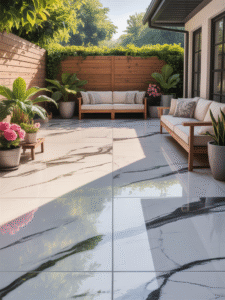Concrete Block Calculator – How many standard blocks I need for a wall
The concrete block calculator is a useful tool for masonry workers and homeowners to estimate the number of blocks and the cost of block masonry needed for a construction or remodeling project. To use the calculator, the user simply needs to enter the dimensions of the wall (length and width), the unit of measurement (meter or feet), the price of the blocks, and the dimensions of the blocks (width and height). The calculator then calculates the total number of blocks needed, the number of standard mortar bags required (on average, 100 blocks require 3 standard bags of mortar), and the total cost of the block masonry.
This information is important for masonry workers to accurately quote prices for their services, and for homeowners to budget for their projects. It can also help homeowners to make informed decisions about the size and type of blocks to use for their project, based on the available options and their cost. Overall, the concrete block calculator is a valuable tool that can save time, effort, and money for anyone involved in block masonry projects.
Also Read: Brick Masonry Calculator – Calculate No. of Bricks required in a wall

Concrete Block Calculator
How many concrete blocks do I need?
To determine how many concrete blocks you need for a construction or remodeling project, follow these steps:
- Measure the dimensions of the wall where the blocks will be used. This includes the length, width, and height. Make sure to use a consistent unit of measurement, such as meters or feet.
- Determine the size of the blocks you will be using. This includes the width, height, and depth of the blocks. Note that the width and height are typically smaller dimensions, while the depth is the thickness of the block.
- Calculate the total area of the wall by multiplying the length by the width. For example, if the wall is 8 feet long and 4 feet wide, the total area would be 8 x 4 = 32 square feet.
- Calculate the area of a single block by multiplying the width and height of the block. For example, if the block is 8 inches wide and 8 inches high, the area would be 8 x 8 = 64 square inches.
- Convert the block area to the same unit of measurement as the wall area. For example, if the wall area is in square feet and the block area is in square inches, you will need to divide the block area by 144 (the number of square inches in a square foot) to convert it to square feet.
- Divide the wall area by the block area to calculate the number of blocks needed. This will give you the number of blocks required to cover the entire area of the wall.
- Add 10% to the total number of blocks to account for waste and any additional blocks that may be needed for corners, curves, or other irregular shapes.
- Purchase the required number of blocks, as well as any additional materials such as mortar, sand, or gravel that may be needed for the project.
- Begin laying the blocks according to the design and plans for the project, starting from the bottom and working upwards. Be sure to use proper masonry techniques and follow all safety guidelines.
- Continue laying the blocks until the entire wall is completed. Check the number of blocks remaining regularly to ensure that you have enough to finish the project.
To determine the number of concrete blocks you need for a wall, you can use the following formulas:
- Wall area = Length x Width
- Block area = Width x Height
- Number of blocks = Wall area / Block area
Here’s an example of how these formulas might be used:
- Measure the length and width of the wall in meters or feet.
- Measure the width and height of the blocks in inches or millimeters.
- Calculate the wall area by multiplying the length and width.
- Calculate the block area by multiplying the width and height of the block.
- Convert the block area to the same unit of measurement as the wall area, if necessary.
- Divide the wall area by the block area to calculate the number of blocks needed.
Frequently Asked Questions
How many concrete blocks do I need to build a 10 square meter wall?
To calculate the number of blocks that you need for your wall, you will need to measure the length and width of the wall in meters or feet, and the width and height of the blocks in inches or millimeters. Then, use the formulas: Wall area = Length x Width, Block area = Width x Height, and Number of blocks = Wall area / Block area.
How do I calculate the total cost of my wall?
To calculate the total cost of your wall, you will need to know the price of the blocks and the number of blocks required. Simply multiply the price of the blocks by the number of blocks to get the total cost.
How many bags of mortars do I need?
To determine how many bags of mortar you need, you can use the average ratio of 100 blocks per 3 bags of mortar. Divide the number of blocks by 100, then multiply the result by 3 to get the number of bags required. For example, if you need 300 blocks, you would need 300 / 100 * 3 = 9 bags of mortar.










Post Comment